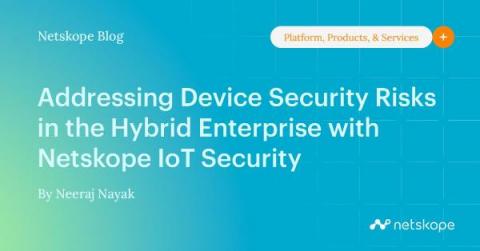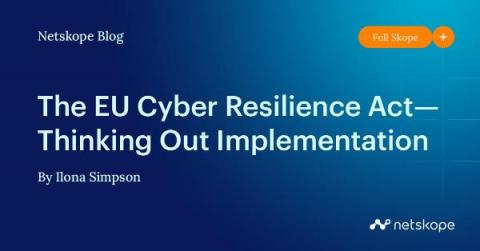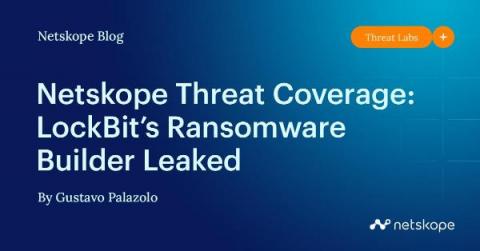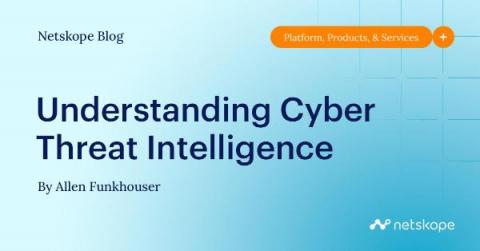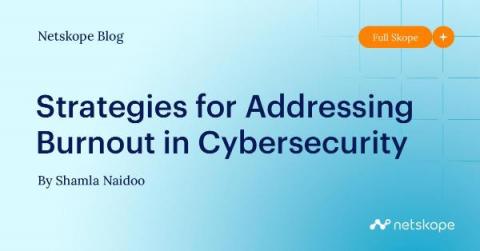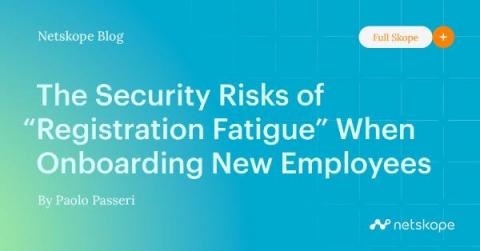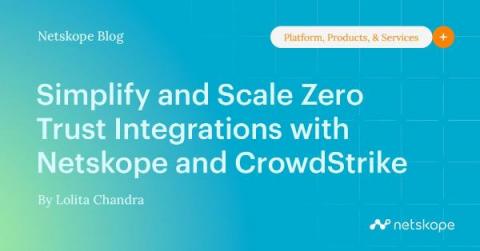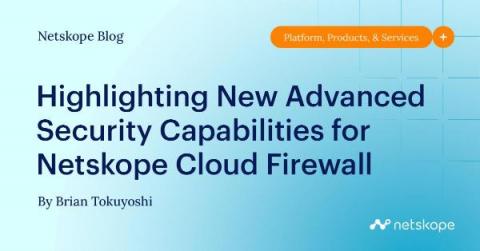Addressing Device Security Risks in the Hybrid Enterprise with Netskope IoT Security
Internet-connected devices (also known as “the internet of things”) are a key business enabler for modern enterprises focused on transforming their businesses and gaining competitive advantage through automation and intelligent decision-making. According to IDC, there will be over 55.7 billion connected IoT devices (or “things”) by 2025, generating almost 80B zettabytes (ZB) of data.


